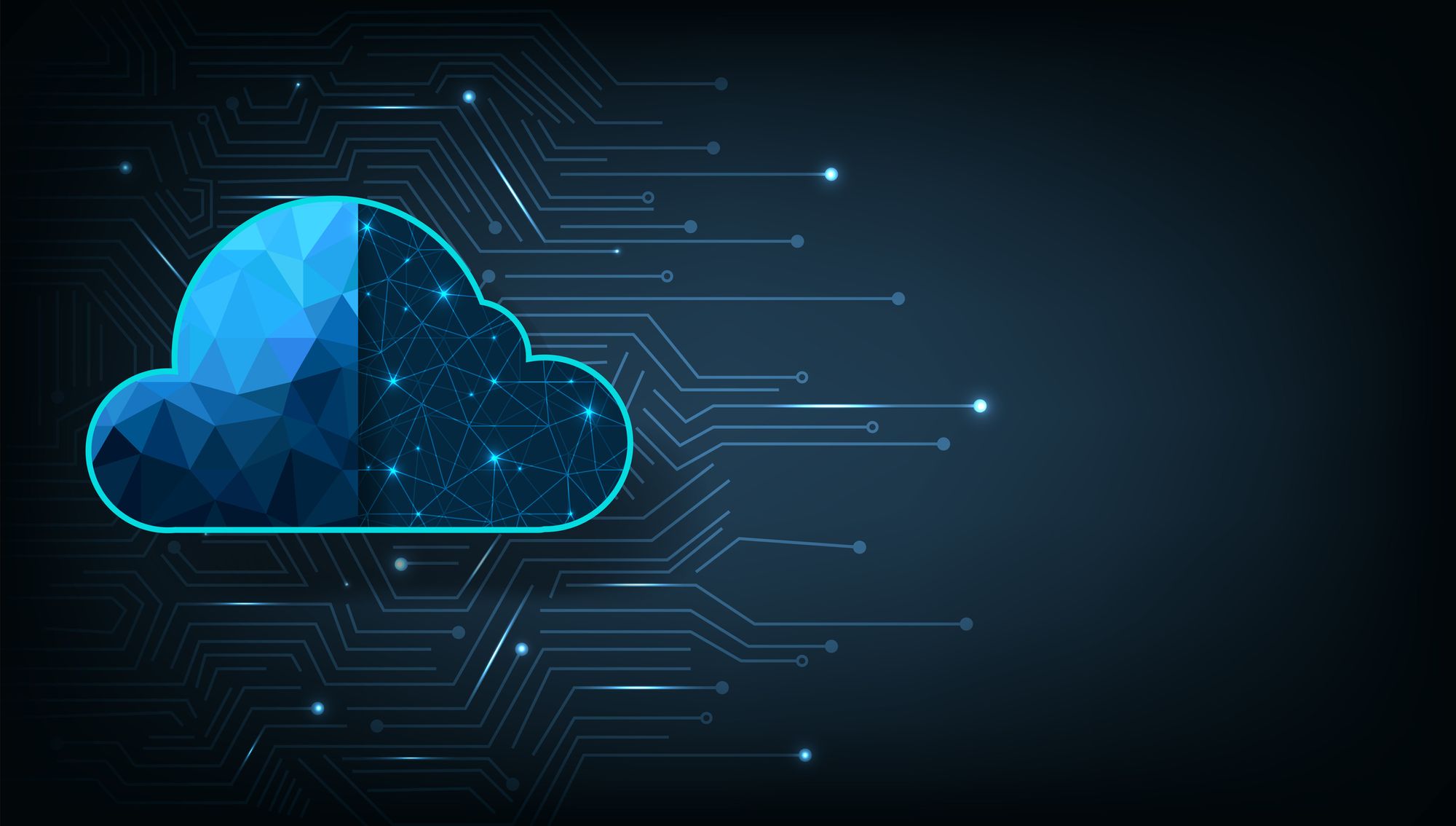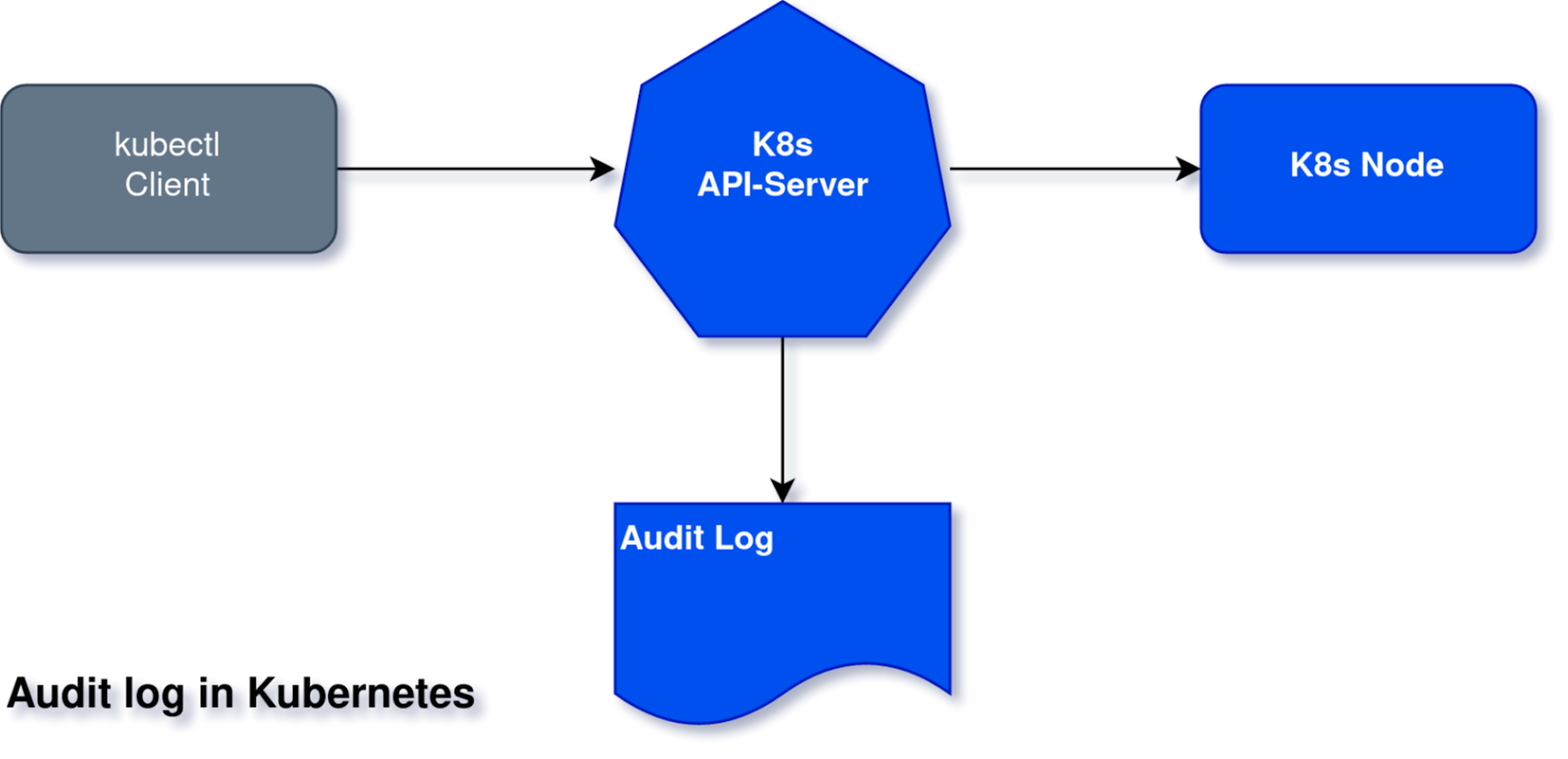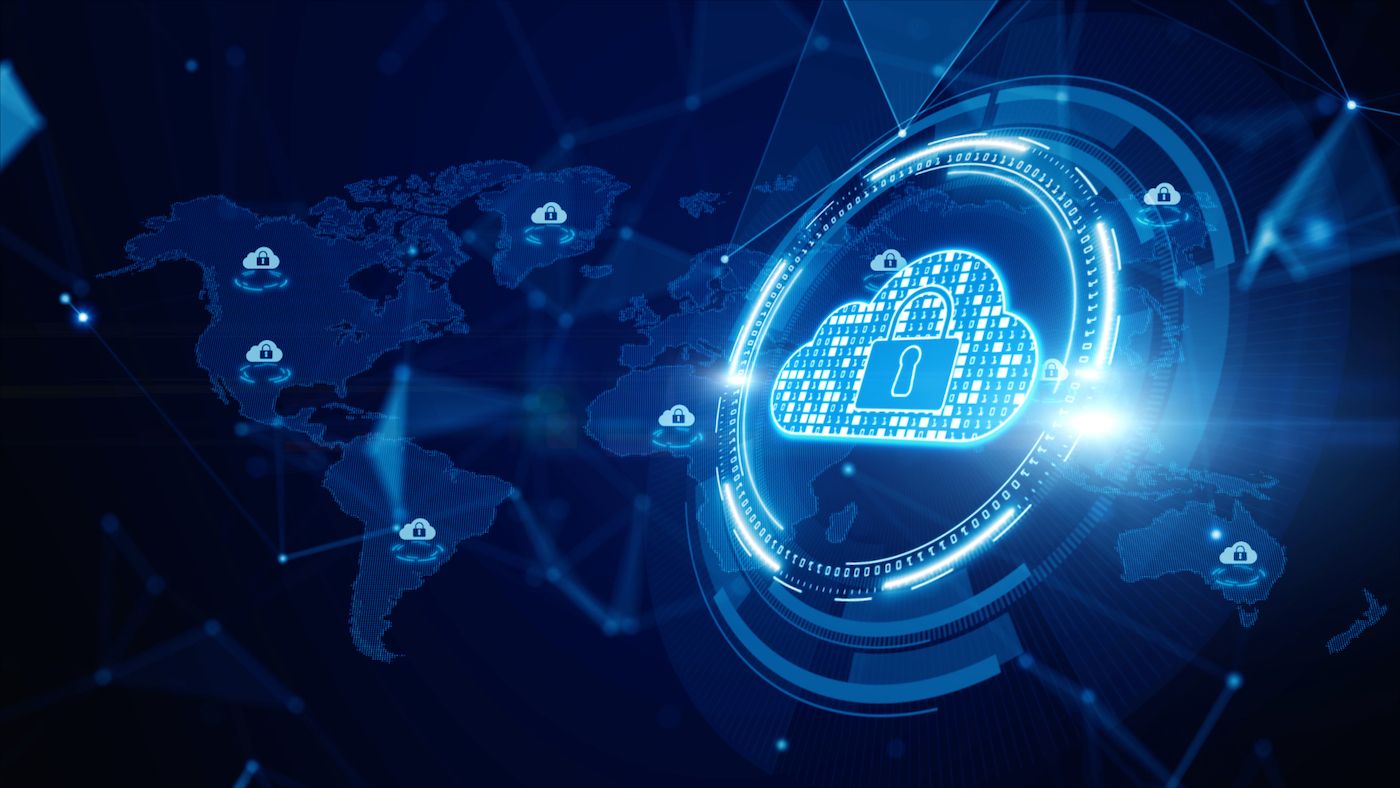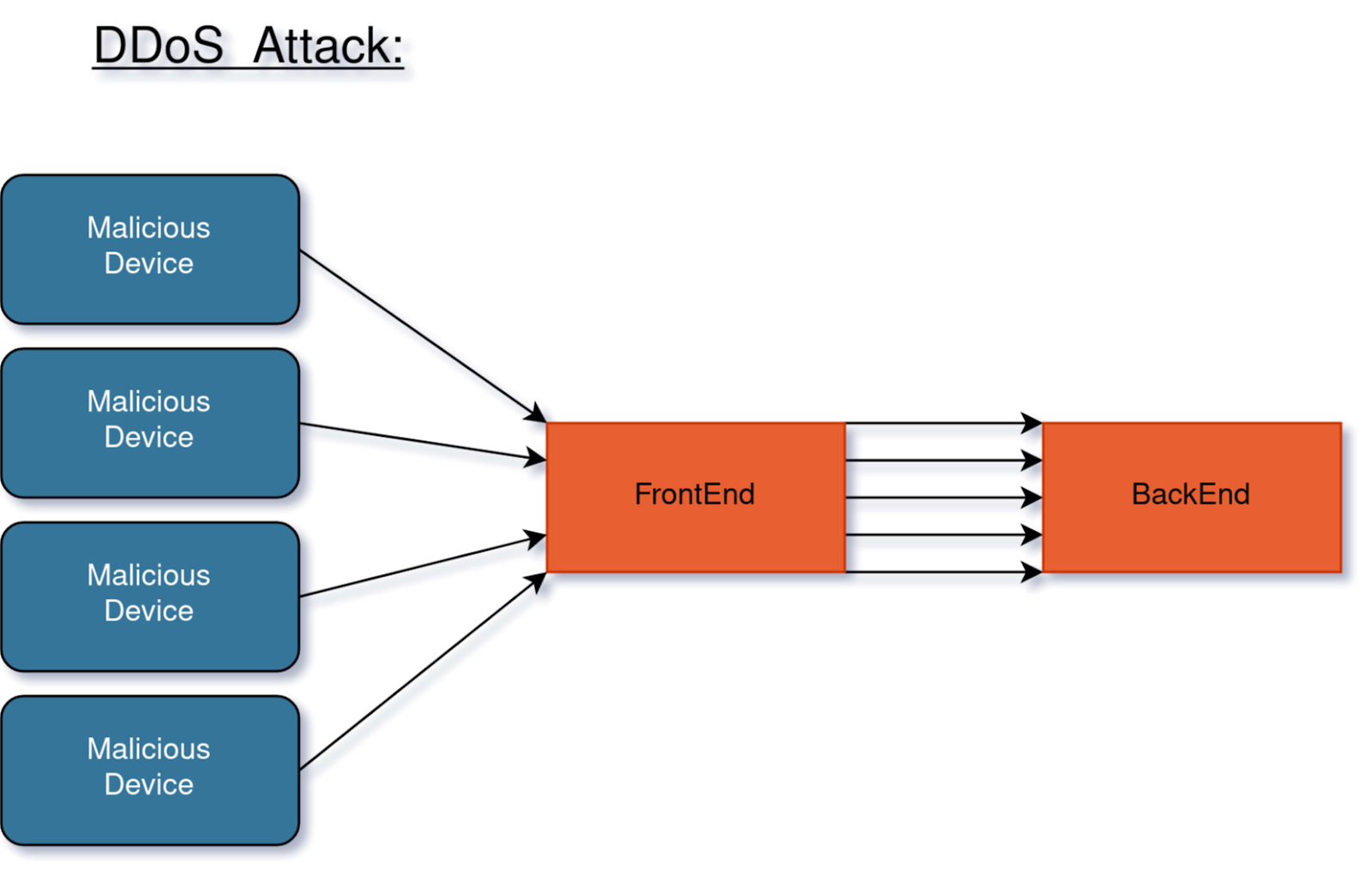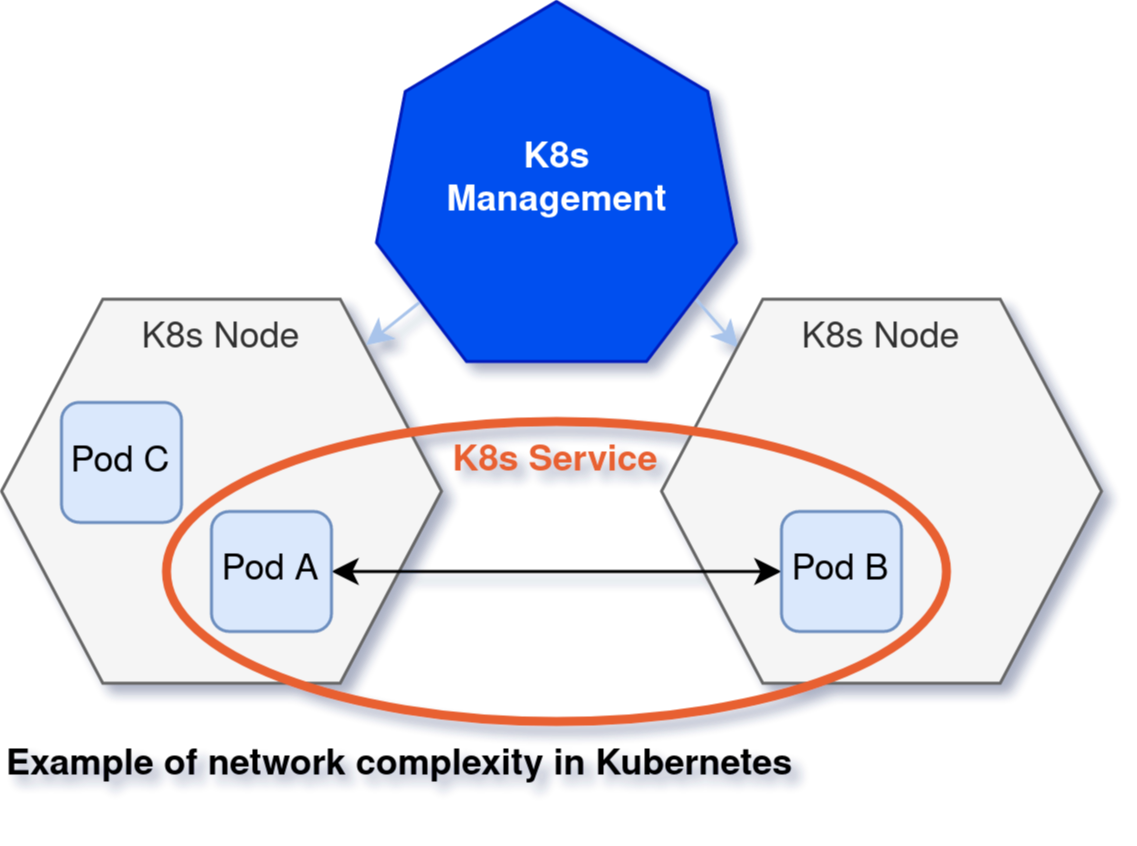Post Syndicated from Gadi Naor original https://blog.rapid7.com/2022/07/22/cloud-threat-detection-to-agent-or-not-to-agent/

The shift towards cloud and cloud-native application architectures represents an evolutionary step forward from older paradigms. The adoption of containers, Kubernetes, and serverless functions, along with the use of cloud-based infrastructure, introduces a new set of risks and security challenges — as well as new opportunities. These go well beyond application security and security posture management, spanning from the build phase all the way to the application run phase.
Three areas for cloud-native security
One particular area of focus for security defenses is actively security monitoring cloud-based applications and cloud workloads, often referred to as runtime security.
We can break down cloud-based runtime security into three main categories:
1. Cloud environment security
The cloud environment is where we provision the infrastructure and services to run our applications. Running applications often involves provisioning computing resources, networking, storage resources, and access credentials to external elements such as data, external services, or secrets. This is the foundation that our cloud applications are built on, and is a critical first step in ensuring their integrity.
2. Workload and workload orchestration security
Operating modern cloud-native applications often means leveraging a container orchestration platform. In recent years, Kubernetes has been the go-to application server vehicle. Leveraging application server infrastructure like Kubernetes requires attention from a risk and threat perspective. For example, Kubernetes credentials theft, or credential compromise as a result of application breach, can be detected through continuously analyzing the Kubernetes audit log. Another example would be the detection of malware that exploit inherent weaknesses in DNS protocol through network security analysis of the workload (Pod) communications.
3. Application security
If the cloud environment is our workload vehicle where we operate and run our workloads, and containerized workloads are our application vehicle, then OS processes are where our application logic runs. Cloud functions are another example of normally short-lived processes that carry our application logic. Protecting applications is a long-standing challenge on its own. This includes application API security, memory protection, data protection, network isolation, and control, and can be achieved using multiple techniques — some of which are only practically possible through the use of security agents.
Security agents defined
Security agents represent a specialized software deployed on an application workload or application endpoint to perform specific security functions, such as network monitoring, process-level monitoring, memory monitoring, file system monitoring, system API call monitoring, and memory monitoring. They may be involved in preventive actions, detection actions, or security forensics data collection actions.
For example, we can deploy security agents to virtual machines (cloud instances) and provide host-level security. We can use security agents for containerized environments like Kubernetes, where one security agent monitors and secures Kubernetes Pods, as well as the Kubernetes node itself. We can also have embedded security agents that monitor and secure serverless functions such as Lambda, or even security agents that provide process-level security and API-level security.
Agentless security is an approach that leverages security signals obtained via cloud APIs, such as network flows, DNS flows, cloud API access audit logs, or application API access logs. Collecting data from those security signals incurs a lower operational cost than agent-based security, but it can come with some limitations. For instance, in application security, the agentless approach has fewer security signals to analyze, and may not support some threat detection techniques such as process system call analysis.
Should I use agents to secure my cloud applications?
So should you be using agents, or not? The answer really boils down to how wide and deep a detection and protection fabric you want to cast, and how many skilled personnel are available to deploy and operate various security controls and respond to security incidents.
Agents provide a greater level of detail, and are generally your best bet when it comes to preemptive prevention of fine-grained policy-based controls such as network segmentation. However, they also require additional effort and overhead to manage the agents themselves with regular updates and configurations.
The agentless approach is excellent at correlating, segmenting, and analyzing data from various workloads, as it does not rely on sharing resources with the monitored workloads. That said, you’re going to sacrifice depth of coverage at certain layers of the stack as a trade-off to relatively lower operational overhead, because agentless approaches rely on cloud provider APIs, which are less granular than what host/workload or process-level agents can collect.
So to achieve comprehensive security and balance operational overhead, the recommendation is typically to leverage both technologies.
You’ll likely want to use an agentless approach to get fast and wide coverage of both risks and threats, or in places where agents can not be deployed, such as a hosted container environment like AWS Fargate or Cloud Functions. Another example would be to assess software vulnerability and detect persistent malware — which can be achieved using both technologies, but with different levels of time until detection.
Conversely, agents can be used in environments like Kubernetes where the operational overhead is relatively low, and the containerized workload granularity requires fine-grained and deeper security controls.
The decision of where to use an agent-based approach depends on what you’re trying to secure. If you’re looking to get real-time visibility into all of your cloud resources and workloads, establish a single source of “good” across your multiple cloud platforms, prioritize risk across your environments, and measure compliance against organizational and industry standards and best practices, an agentless approach like InsightCloudSec is a great choice.


